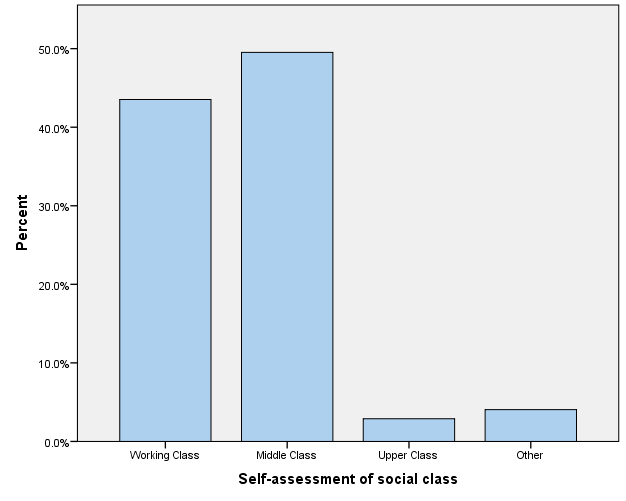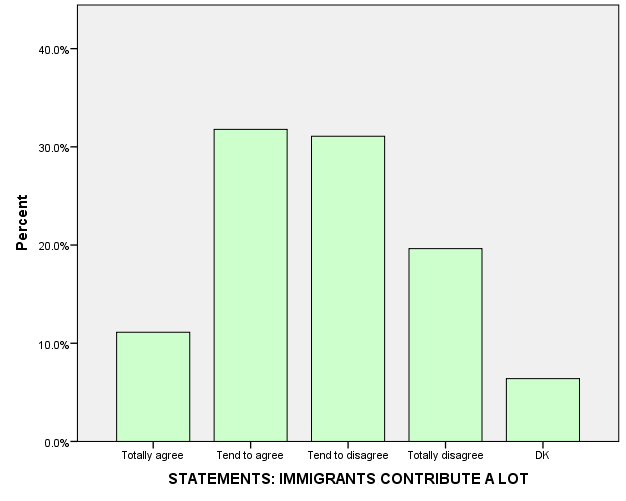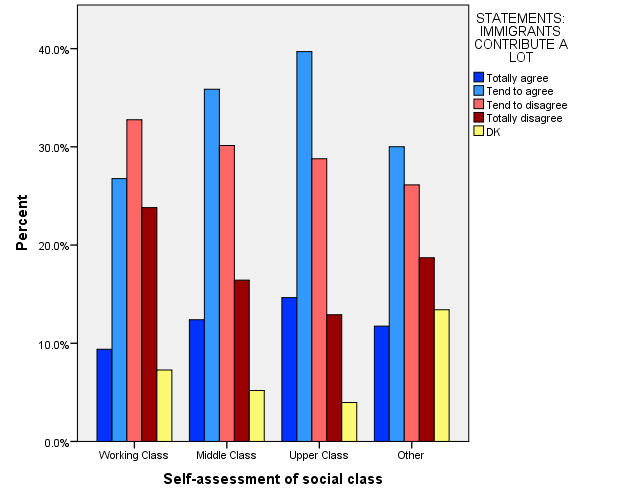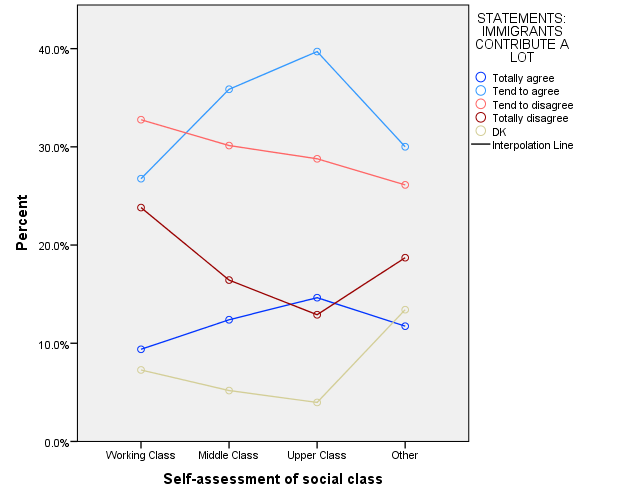For the most part of history freedom of speech has been suppressed, with governments often criminalising unpopular and provocative opinions. A prominent, early example of this occurred in the times of the Ancient Greeks, when Socrates, who was one of the first known martyrs of freedom of speech, went about challenging his fellow man, spreading truth and wisdom throughout the city. Socrates explained that it was his duty assigned by the Gods to act as a ‘gadfly’ in the city of Athens, ‘God has assigned me to this city, as if to a large thoroughbred horse which because of its great size is inclined to be lazy and needs the stimulation of some stinging fly.’ (Plato, Tarrant and Tredennick, 2003, p.57.) In 399BC, Socrates was put on trial before a jury for ‘corrupting the minds of the youth’ and for ‘believing in supernatural things of his own invention instead of the gods recognised by the State.’ (ibid, p.48.) During the trial, Socrates argued that he would rather be sentenced than be silenced:
Suppose that… you said to me, ‘Socrates, on this occasion we shall disregard Anytus and acquit you, but only on one condition: that you give up spending your time on this quest and stop philosophizing. If we catch you going on in the same way, you shall be put to death.’ Well … I should reply, ‘Gentlemen, I am your very grateful and devoted servant, but I owe a greater obedience to God than to you; and so long as I draw breath and have my faculties, I shall never stop practising philosophy and exhorting you and indicating the truth for everyone that I meet’… ‘I am not going to alter my conduct, not even if I have to die a hundred deaths.’ (ibid, pp.55-56)
Socrates was found guilty by the jury, and was sentenced to the death penalty by drinking hemlock poison. Likewise, Jesus Christ was famously crucified by the order of the Roman Prefect Pontius Pilate after preaching his message which contradicted the Roman authorities.
A similar case transpired in the early part of the 17th century, when Italian astronomer and physicist Galileo Galilei was condemned for believing in Heliocentrism, which is the idea that the Sun is the centre of the Solar System, and the Earth and planets revolve around the Sun. Galileo was put on trial by the Roman Catholic Inquisition in 1633. He was found guilty of heresy, and was sentenced to formal imprisonment, later altered to house arrest, in which he remained under for the rest of his life. In addition to which, his book Dialogue was outlawed, and the publication of any of his works were prohibited (Finocchiaro, 1989).
Around this time, governments across Europe enjoyed widespread control over the printing press, with the fear that widespread distribution of information was dangerous and harmful to society. Individuals were required to obtain an official state license in order to trade and produce any books or papers. In response to this control, John Milton wrote his 1644 pamphlet Areopagitica, which made a passionate case against licensing, regulations and government controls. It was Milton who introduced the idea of ‘the marketplace of ideas’ as a rationale for free speech, and his works turned out to be one of history’s most fervent and influential defences of free speech and freedom of the press (Morehouse, 2009).
By the 18th century, with the age of the enlightenment, the notion of freedom of speech was largely discussed by thinkers all over the Western world (Stearns, 2012, p.62). In 1770, the popular French philosopher Voltaire supposedly wrote the famous phrase: ‘I disapprove of everything you say, but I will defend to the death your right to say it.’ And in 1791, the First Amendment to Constitution in the United States was adopted, which bluntly states: ‘Congress shall make no law … abridging the freedom of speech, or of the press.’ The changes in attitude can be highlighted, for example, when Charles Darwin released his book ‘On the Origin of Species’ in 1859. The book introduced the theory of evolution, which largely contradicted common thought at the time. Although he was initially faced with hostility, he was never punished for his views. Instead, the political and theological implications of his theories were intensely debated, eventually leading to the general acceptance of the theory of evolution among scientists and the general public.
Perhaps the most prominent and influential defences of the right to freedom of speech came from British philosopher John Stuart Mill, who wrote the classic essay On Liberty in 1859. Mill was a significant figure in the development of the liberal philosophy, and his essay outlined the essential components of a free society. His view was that without freedom of speech the progress of science, law and politics would be stifled. Furthermore, Mill argues that freedom of expression acts as a marketplace of ideas, in which, ultimately, the truth outcompetes falsity, and so we need not worry about opinions that are false (Sanders, 2003, pp.66-67). However, Mill did recognise that there are limits to free speech. According to Mill: ‘the only purpose for which power can be rightfully exercised over any member of a civilized community, against his will, is to prevent harm to others’ (Mill, 2003, p.8). This is known as the ‘Harm Principle’, which means that the freedom of speech of individuals should only be restricted to prevent harm to others. According to the Harm Principle, only speech which directly causes harm or incites violence, are illegitimate forms of speech; mere offensiveness does not constitute harm, therefore offensive speech is permissible (Brink, 2001, p.120). Although Mill wrote his classic in the 1850’s, his writings often remain the starting point for discussions on free speech.
A triumph for free speech occurred in 1948, as the Universal Declaration of Human Rights was passed, which included the right to freedom of speech. Article 19 states: ‘Everyone has the right to freedom of opinion and expression; this right includes the freedom to hold opinions without interference and to seek, receive and impart information and ideas through any media and regardless of frontiers.’ The Declaration was adopted by the General Assembly by a vote of 48 in favour, none against, and eight abstentions, and remains the world’s most translated document (Guinness World Records, 2009).
The counterculture movement of the 1960s and 1970s in Britain and the United States, saw a significant rise in the number of politically progressive movements advocating freedom, tolerance and equality. Great advancements were made in the civil rights movements for ethnic minorities; the feminist movement for women’s rights; the gay rights movement for homosexuals; and the anti-war movement for peace. All of which provided a fight back against the cultural norms of the time, and all of which led a staunch defence for free speech in the advancement of their cause (Kersch, 2003, pp.142-151). For example, Martin Luther King (1967) said: ‘Curtailment of free speech is rationalized on grounds that a more compelling American tradition forbids criticism of the government when the nation is at war…Nothing can be more destructive of our fundamental democratic traditions than the vicious effort to silence dissenters.’ Furthermore, whereas first-wave feminism of the 19th and early 20th centuries fought for increased free speech in terms of the right to vote, second-wave feminism of the 1960s to 1980s aimed to challenge cultural and gender norms, promoting equality and arguing that women were just as capable as men. These movements were seen most prevalently on college and university campuses, most famously at the University of California in Berkeley, were a strong student protest, named the ‘Free Speech Movement’, fought back against university bureaucrats who were strictly limiting free speech and political organisation on campus, between 1964 and 1965 (Kersch, 2003, pp.148-151).
However, despite the United Kingdom having a rich history in the promotion of free speech, more recent times have seen increased measures to censor. In 1986, section 5 of the Public Order Act was passed, making it an offence if a person ‘(a) uses threatening, abusive or insulting words or behaviour, or disorderly behaviour, or (b) displays any writing, sign or other visible representation which is threatening, abusive or insulting’ (Parliament of the United Kingdom, 1986). In 2012, a campaign was launched to reform section 5, urging for the use of the word ‘insulting’ to be removed as it is seen as a violation of free speech. A number of high-profile activists supported the campaign, such as comedians Rowan Atkinson and Stephen Fry; politicians David Davis and Nigel Farage, and many others. Atkinson argued that language or behaviour that is merely ‘insulting’ should never be criminalised because of the difficulty in interpretation. ‘Criticism is easily construed as insult. Ridicule is easily construed as insult. Sarcasm, unfavourable comparison, merely stating an alternative point of view can be interpreted as insult. And because so many things can be interpreted as insult, it is hardly surprising that so many things have been’ (Reform Section 5, 2012). In January 2013, the government announced that it would accept the amendment, and the word ‘insulting’ was dropped.
Around the time of the Public Order Act 1986, with Britain becoming a more tolerant and multicultural society, the incentive to protect certain groups increased. A drive to censor offensive speech emerged within society, particularly among left wing progressives. Toleration for speech deemed racist, sexist or prejudice diminished (Kersch, 2003, pp.151-153). This mind-set seems to have filtered into the university campus. Now, speech on campus that could potentially offend a students’ race, religion, ethnicity, gender, or sexual orientation is being forbidden. Guest speakers, events, societies, newspapers and songs have all been banned at some point by many UK universities, more specifically in most cases, the student unions.
Deanna Garrett (2002) claims that for students at universities, the implications of being offended are particularly significant. Her reasoning is that students cannot grow and develop if they are forced to study in hostile environments. Students who are busy worrying about their emotional safety have no time or energy to participate in university activities, therefore universities should be obligated to ensure a safe environment for students. In other words, universities have a right and duty to provide an educational environment, where all students can learn and live free from bigotry (Mitchell, 1992, pp.822).
However, this is condescending attitude towards students, treating them as young children that cannot be exposed to certain ideas or criticisms, and who are in need of ‘swaddling in safety blankets’ (Hume, 2015, p.121). According to O’Neill (2015, p.120) it reinforces the ‘poisonous idea’ of inherent human weakness and incapacity; that students are fragile and therefore speech and interactions must be monitored and policed. In this view, the best way to empower individuals is for them to become immune from offence, for students to develop a thicker skin. As Atkinson put it:
The best way to increase society’s resistance to insulting or offensive speech is to allow a lot more of it. As with childhood diseases, you can better resist those germs to which you have been exposed. We need to build our immunity to taking offence, so that we can deal with the issues that perfectly justified criticism can raise. Our priority should be to deal with the message, not the messenger (Reform Section 5, 2012).
In addition, being offended is a subjective experience. Almost anything can cause irritation and exasperation of some individuals. And, furthermore, there could be many different reasons one may give as to why they are offended. For example, it could be either the sound of the word that offends; the meaning of the word that offends; the historical use of the word which carries offensive baggage; and so on (Shoemaker, 2000, pp.575-581). Making a widespread decision, law or policy based on something so subjective is unwise and impractical.
According to some, universities should aim to instil values of ‘human decency’ within the students, such as respect, equality, diversity and tolerance. The idea is that by working to improve students’ ‘spiritual and moral growth’, a new generation of ‘more caring, more globally aware, and more committed to social justice’ will be created (Astin and Astin, 2015, p.73; Mitchell, 1992, pp.822). Some go even further, advocating that the central work of the university teacher is to push towards a ‘fully multiculturalist, postcolonial’ university (Matsuda, 1993, p.14). However, Bloomberg (2014, p.256) argues that the role of universities is not to teach students what to think, but to teach students how to think. Although diversity of gender, ethnicity, and orientation is important, Bloomberg argues, the role of universities is not to promote an ideology, it is to provide scholars and students with a neutral forum for researching and debating issues. It should not repress unpopular views, or favour one particular political ideology, otherwise the university, and those who conduct its research, will lose credibility (ibid).
To conclude, the achievement of freedom of speech is one of humanities greatest, and hard fought accomplishments. Dating back to the times of Socrates and Ancient Greece, the fight for free speech has had a long history. It was not until the eighteenth and nineteenth centuries in the West that the notion of freedom of speech was largely discussed in philosophical circles and put into law by policy makers. Perhaps most notably, it was John Stuart Mill that produced the strongest defence of free speech in his influential book On Liberty. By the early twentieth century, freedom of speech was largely accepted and adopted as a universal human right. By the middle of the twentieth century, greater freedom, tolerance and equality was brought about for certain marginalised groups within society who fought hard for free speech. However, the later twentieth century saw an increasing movement to limit certain speech. Speech which were deemed offensive were now outlawed, and the Public Order Act 1986 law was passed in the UK, which banned ‘insulting’ words. This mentality spread across society, including on university campuses, leading to a culture of political correctness and campus censorship. Although there are people who hold abhorrent views who we would prefer not to engage with, the best way to deal with controversial opinions is to confront and debate them freely and openly, exposing their falsehoods and shortcomings with reason and evidence, rather than simply censoring and pretending they do not exist.
References
Astin, A. and Astin, H. (2015). Achieving Equity in Higher Education: The Unfinished Agenda. Journal of College and Character, 16(2), pp.65-74.
Bloomberg, M. (2014). Not to Teach Students What to Think, But to Teach Students How to Think. Vital Speeches of the Day, 80(8), pp.254-257.
Brink, D. (2001). Millian Principles, Freedom of Expression, and Hate Speech. Legal Theory, 7, pp.119-157.
Finocchiaro, M. (1989). The Galileo affair: A Documentary History. Berkeley: University of California.
Garrett, D. (2002). Silenced Voices: Hate Speech Codes on Campus. [online] The University of Vermont. Available at: http://www.uvm.edu/~vtconn/?Page=v20/garrett.html [Accessed 20 Jan. 2016].
Guinness World Records, (2009). Most translated document. [online] Available at: http://www.guinnessworldrecords.com/world-records/most-translated-document/ [Accessed 22 Oct. 2015].
Hume, M. (2015). Trigger warning: Is the Fear of Being Offensive Killing Free Speech? London: William Collins.
Kersch, K. (2003). Freedom of Speech: Rights and Liberties under the Law. ABC-CLIO.
King, M. (1967). The Causalities of the War in Vietnam. Los Angeles, California. [online] Available at: http://www.faculty.fairfield.edu/faculty/hodgson/Courses/progress/King1.pdf
Matsuda, M. (1993). Words that wound. Boulder, Colo.: Westview Press.
Mill, J. (2003). On Liberty (Dover Thrift Editions). New York: Dover Publications Inc.
Mitchell, C. (1992). The Political Correctness Doctrine: Redefining Speech on College Campuses. Whittier Law Review, 13(3), pp.805-829.
Morehouse, I. (2009). Areopagitica: Milton’s Influence on Classical and Modern Political and Economic Thought. Libertarian Papers, [online] 1(38), pp.1-14. Available at: http://libertarianpapers.org/wp-content/uploads/article/2009/lp-1-38.pdf.
O’Neill, B. (2015). A Duty to Offend. Connor Court Publishing Pty Ltd.
Plato, Tarrant, H. and Tredennick, H. (2003). The Last Days of Socrates. 5th ed. Penguin Classics
Reform Section 5, (2012). Rowan Atkinson’s speech at Reform Section 5 Parliamentary reception. Available at: http://reformsection5.org.uk/2012/10/rowan-atkinsons-speech-at-rs5-parliamentary-reception/ [Accessed 22 Oct. 2015].
Sanders, K. (2003). Ethics & Journalism. London: Sage.
Shoemaker, D. (2000). “Dirty Words” and the Offense Principle. Law and Philosophy, 19(5), pp.545-584.
Stearns, P. (2012). Human rights in world history. Abingdon, Oxon: Routledge.










